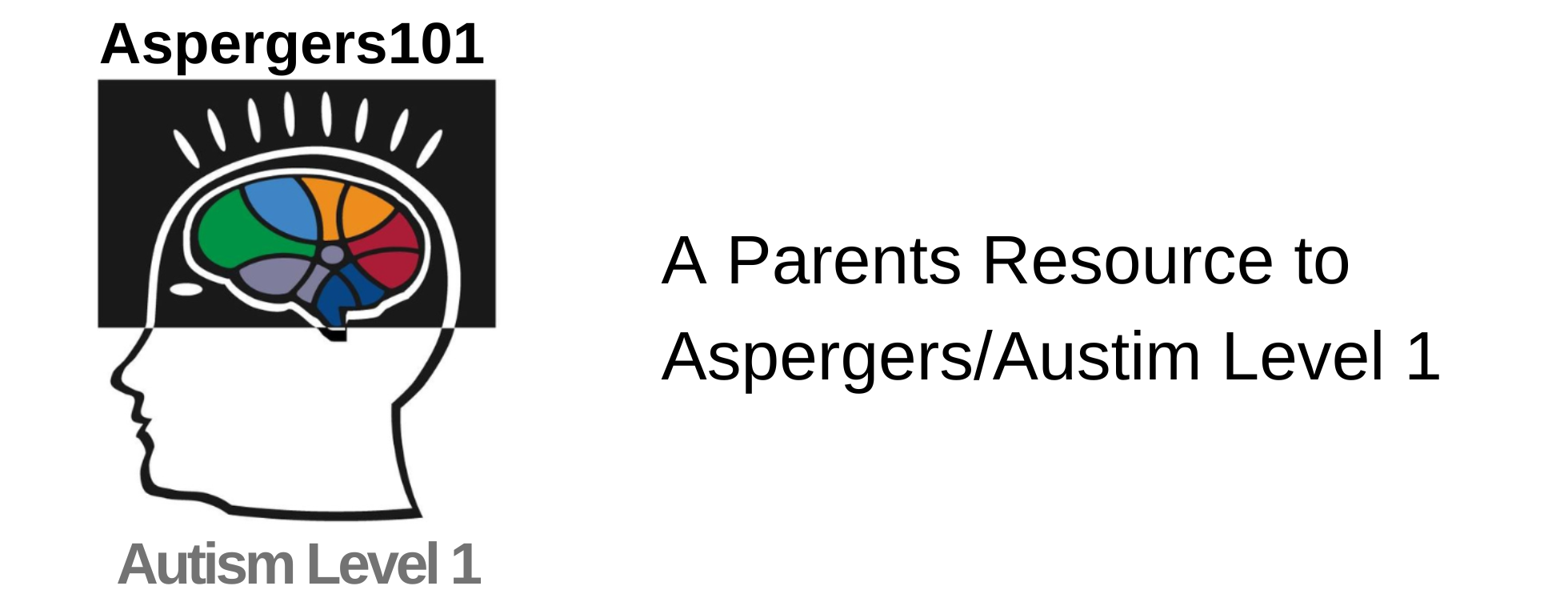A reader of this blog asked that we provide advice about resources that exist to aid students with ASD as they transition from high school to college. When considering the transition, it is important to recognize several critical elements:
- It’s never too early for any student to begin planning for the transition, but early planning is critically important for students diagnosed with ASD
- Practical, on-campus experience is helpful to the process
- Teaching self-advocacy is vital
Helpful resources I’ve encountered include:
-
Person-Centered Planning:
Person-centered planning helps establish life goals, ensure individual strengths are recognized and built upon, and identifies skills in which the student must improve. There are several person-centered planning tools available; however, the Organization for Autism Research (OAR) published a free, online tool I believe to be one of the best available.
OAR’s Life Journey through Autism: A Guide for Transition into Adulthood helps teams explore a variety of life paths for students with ASD, including higher education. The tool can be found at this link: http://www.researchautism.org/resources/reading/documents/TransitionGuide.pdf
-
Improving Self-Advocacy Skills:
Having insight into one’s needs and the ability to seek out help when needed are skills necessary for a successful experience in higher education. To meet that need, Dr. Valerie Paradiz developed The Integrated Self Advocacy ISA Curriculum. This workbook contains lesson plans, worksheets and activities that teach students to scan their environments for sensory and social needs, learn about self-disclosure, learn to recognize and utilize role models, appreciate the history and culture associated with ASD, and develop interests that can be shaped into a career.
You may find this resource at: http://www.autismselfadvocacy.com/index.php/publications/isa-text-book
-
Interacting with College Faculty:
OAR, The Schwallie Family Foundation, and GRASP joined forces to create a short but insightful video titled “Understanding Asperger’s Syndrome: A College Professor’s Guide.” Produced to help professors understand ASD, this video can also be useful to students as they begin considering how best to interact with college faculty.
At Marshall University we use this video to train faculty how best to teach students we support. The video is free on YouTube, and is divided into two parts.
Part One
Part Two
by Marc Ellison
A graduate of Abilene Christian University, Jennifer had a long career in TV Broadcasting. Upon learning her oldest son Sam had a form of Autism called Asperger’s Syndrome, she left her career and became a full-time mother to both of her sons. Jennifer elicited the participation of her family and together they produced several independent programs including a children’s animated series titled Ameriquest Kids, as well as a documentary and book titled, Coping to Excelling: Solutions for School-age Children Diagnosed with High-Functioning Autism or Aspergers Syndrome. She formed the nonprofit Asperger101 to provide on-going free resources related to ASD at Aspergers101.com and has implemented the Texas Driving with Disability Program and continues to grow the statewide initiative today. She and her husband have recently retired to their property in the Texas Hill Country.




Woah! I’m really digging the template/theme of this blog. It’s
simple, yet effective. A lot of times it’s difficult to
get that “perfect balance” between usability and appearance.
I must say that you’ve done a awesome job with this. Additionally, the blog loads
super fast for me on Firefox. Excellent Blog!